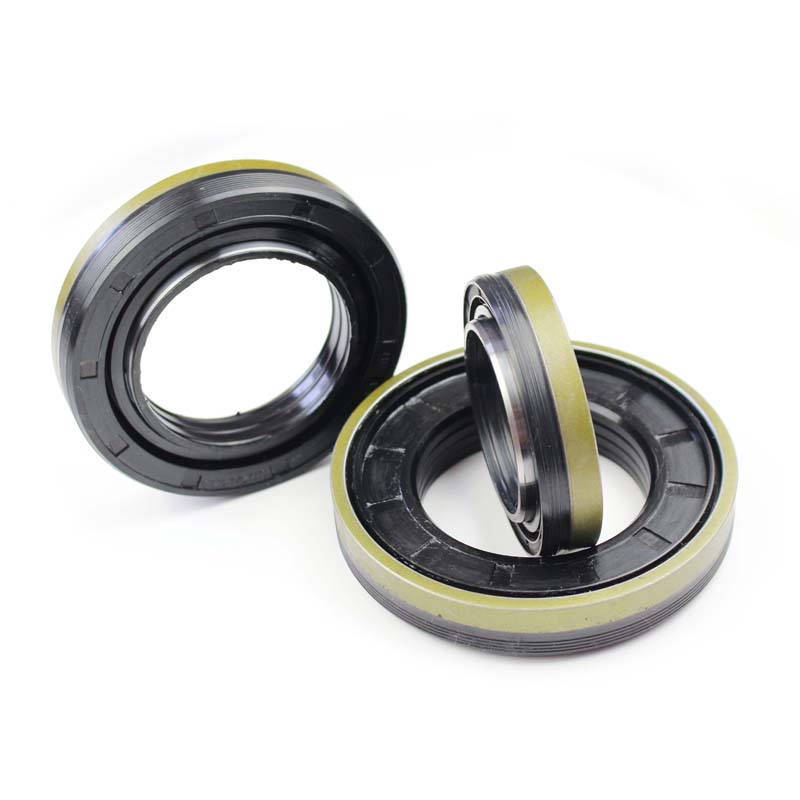shaft water seal
Understanding Shaft Water Seals Importance, Functionality, and Maintenance
In the realm of mechanical engineering and maintenance, a shaft water seal is an essential device that plays a crucial role in preventing the infiltration of water into machinery. Whether in marine applications, water pumps, or hydraulic systems, these seals are designed to create a barrier that keeps water out, thereby ensuring the efficiency and longevity of equipment. This article delves into the importance, functionality, and maintenance of shaft water seals.
What is a Shaft Water Seal?
A shaft water seal is a sealing mechanism used to prevent the leakage of fluids, predominantly water, along the shaft of rotating machinery. It consists of various materials, including elastomers, rubber, and metal, designed to withstand the environmental conditions of their respective applications. These seals can be found in numerous industrial sectors, including maritime engineering, oil and gas, and water treatment facilities.
Importance of Shaft Water Seals
The primary importance of shaft water seals lies in their ability to maintain the integrity of machinery. Water intrusion can cause significant damage to equipment, leading to corrosion, deterioration, and eventual failure. By effectively sealing off the water from critical components, these seals help
1. Prevent Corrosion Water can lead to rust and corrosion in metal parts, decreasing the lifespan of machinery and components.
2. Maintain Operational Efficiency By keeping water out, shaft water seals help ensure that machines operate smoothly and efficiently, reducing energy consumption.
3. Minimize Downtime Equipment failures due to water damage can lead to costly downtimes. Effective seals minimize this risk, contributing to uninterrupted operations.
4. Enhanced Safety In specific applications, such as those involving high pressures or hazardous environments, water intrusion can pose safety risks. Proper seals help mitigate these hazards.
How Shaft Water Seals Work
Shaft water seals function primarily through creating a tight seal around a rotating shaft. There are typically two main types of seals lip seals and mechanical seals.
shaft water seal

- Lip Seals These are composed of flexible materials that press against the shaft. The design allows the seal to follow the shaft's rotation while maintaining contact, thus preventing water from seeping in.
- Mechanical Seals These consist of two flat surfaces that are pressed together, creating a labyrinth through which the water cannot pass. Mechanical seals are often used in high-pressure applications and can provide a more robust defense against water ingress.
The selection between lip seals and mechanical seals generally depends on the application, the type of fluid being sealed, and the operational conditions such as temperature and pressure.
Maintenance of Shaft Water Seals
To ensure optimal performance, regular maintenance of shaft water seals is essential. Here are some crucial maintenance practices
1. Regular Inspections Conduct periodic inspections of the seals for signs of wear, cracks, or deterioration. Early detection of issues can significantly reduce repair costs.
2. Lubrication Depending on the type of seal, proper lubrication may be required to reduce friction and wear. Always follow the manufacturer's recommendations for lubrication intervals and types.
3. Environmental Considerations Ensure that seals are suitable for the specific environmental conditions they are exposed to, such as humidity, chemicals, and temperature changes. Using inappropriate materials can lead to premature failure.
4. Replacement When wear becomes evident or seals are unable to perform their function effectively, timely replacement is crucial. Delaying this can result in water damage and costly repairs.
5. Training Personnel Ensure that personnel operating and maintaining machinery are adequately trained in recognizing seal failures and performing necessary maintenance.
Conclusion
Shaft water seals are fundamental components in many industrial systems, safeguarding machinery against water damage and ensuring their efficient operation. Understanding their functionality, importance, and the need for regular maintenance is vital for anyone involved in the operation and maintenance of mechanical systems. By prioritizing the health of these seals, industries can enhance productivity, reduce costs, and prolong the lifespan of their equipment.
-
Simplifying Oil Changes: A Comprehensive Guide to Oil Drain Plugs and Their Variants
News Aug.04,2025
-
Mastering Oil Drain Maintenance: Solutions for Stripped, Worn, and Upgraded Oil Plugs
News Aug.04,2025
-
Fixing Oil Pan Plug Issues: Leaks, Stripped Nuts, and the Right Replacement Solutions
News Aug.04,2025
-
Everything You Need to Know About Oil Drain Plugs: Sizes, Fixes, and Upgrades
News Aug.04,2025
-
Choosing the Right Oil Drain Plug: A Guide to Sizes, Materials, and Drain Innovations
News Aug.04,2025
-
A Complete Guide to Automotive Drain Plugs: Types, Problems, and Innovative Solutions
News Aug.04,2025
-
The Ultimate Guide to Car Repair Kits: Tools and Essentials Every Driver Should Own
News Aug.01,2025
Products categories















